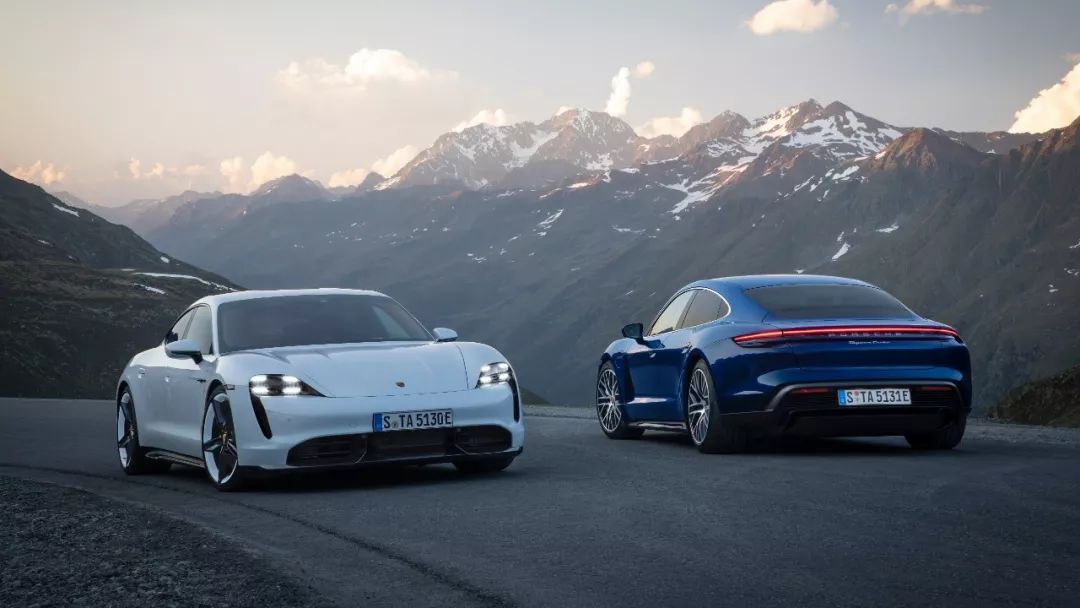On the evening of September 4, 2019, Porsche unveiled its first all-electric vehicle, the Porsche Taycan, in Fuzhou, Fujian, China. This car has sparked a lot of discussion in the public opinion circle.
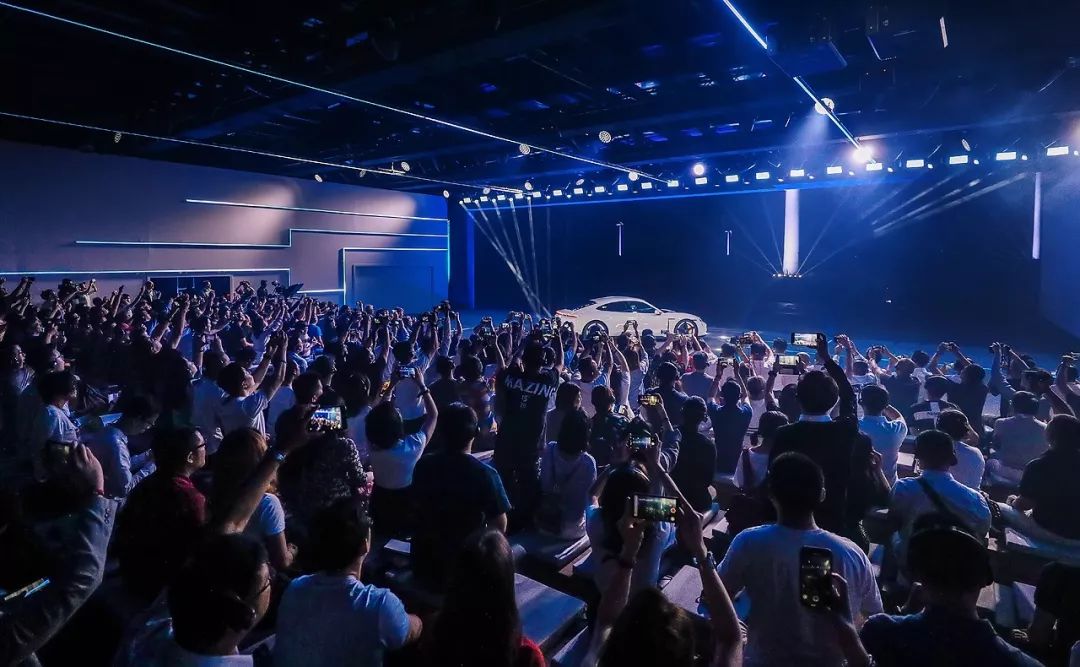
In fact, despite being new to the pure electric vehicle market, Porsche has made many technological breakthroughs with this car. However, due to various complex factors, its final product form and pricing are not quite as good as Tesla, the dominant player in the pure electric field.
In the following analysis, I will look at Taycan from a technical and market perspective and explain why it is not a great, but not a bad product.
Porsche: A Technical Powerhouse?
The reason why Taycan is so exciting and has such high expectations is that Porsche has invested a lot of design, research and development, and engineering resources into it.
Klaus Zellmer, CEO of Porsche North America, once said: “No matter how the powertrain changes, Porsche will always be the champion of this niche market. Our first pure electric sports car will be a pure Porsche, providing our well-proven sports and daily commuting capabilities.“
You may say, “Why do we keep hearing these empty words?”
What I want to say is that this basic definition deeply influences the engineering logic of Taycan’s design, research and development, three-electric, manufacturing, and other dimensions. Taycan has also achieved its initial goal: an electric, pure Porsche experience.
You cannot expect a car to be “sporty” when it is slow and sluggish, so high performance is essential. Porsche has developed two high-performance permanent magnet motors for the Taycan.
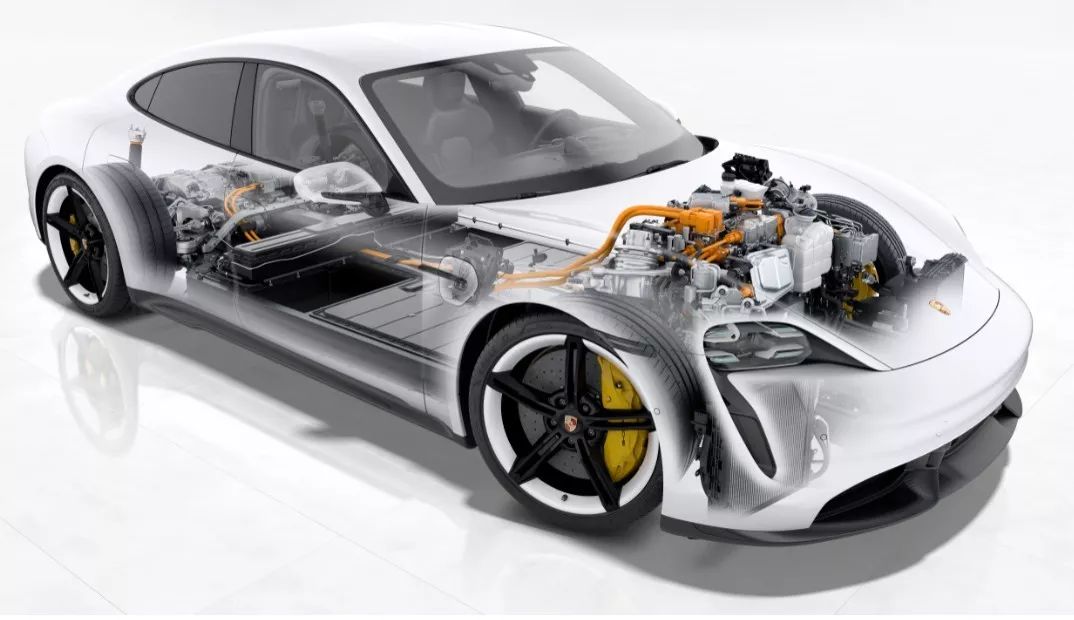
The rear motor output power of the Turbo S reaches 335 kW, which is the first permanent magnet motor in the world with power above 300 kW. Even the front motor has a power of 190 kW, second only to Tesla Model 3’s permanent magnet motor with 211 kW output power.
Taycan’s powertrain broke both the first and third world records for permanent magnet motors. However, high-performance motors bring a new problem: volume and heat dissipation become more difficult to arrange, especially considering Taycan’s low and sporty driving position. But if you look at Taycan’s motor specifications, they are not very large.
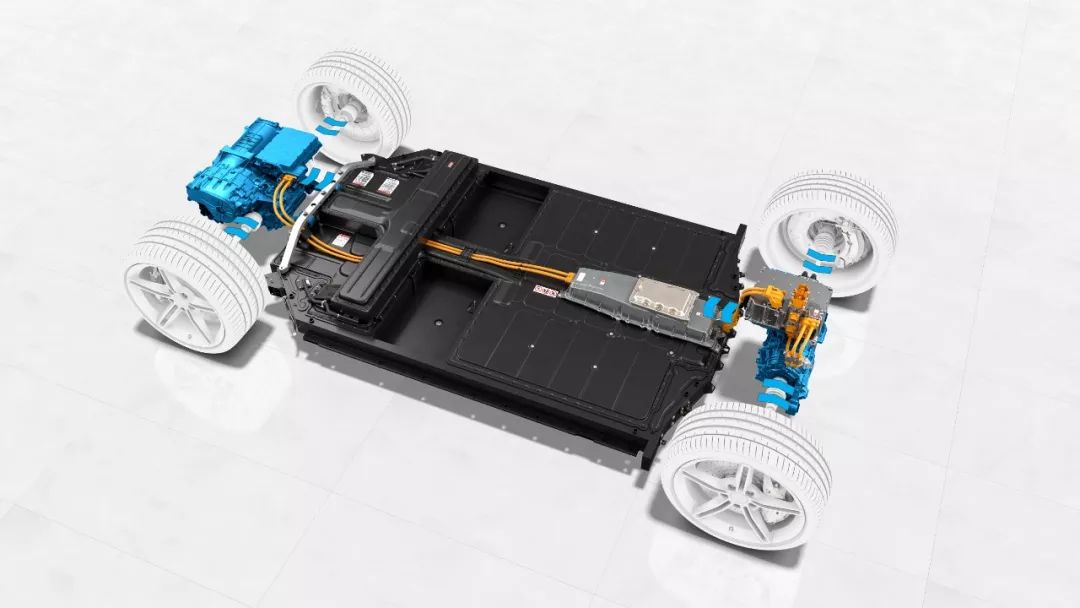
Porsche has made some changes in the design and manufacturing process of its electric motors: the Taycan uses the “Hair-Pin” form of winding to manufacture its stator winding. Compared with traditional round copper wire winding, the characteristics of the Hair-Pin winding motor include higher power density, smaller size, better thermal conductivity, and lower heat dissipation requirements.
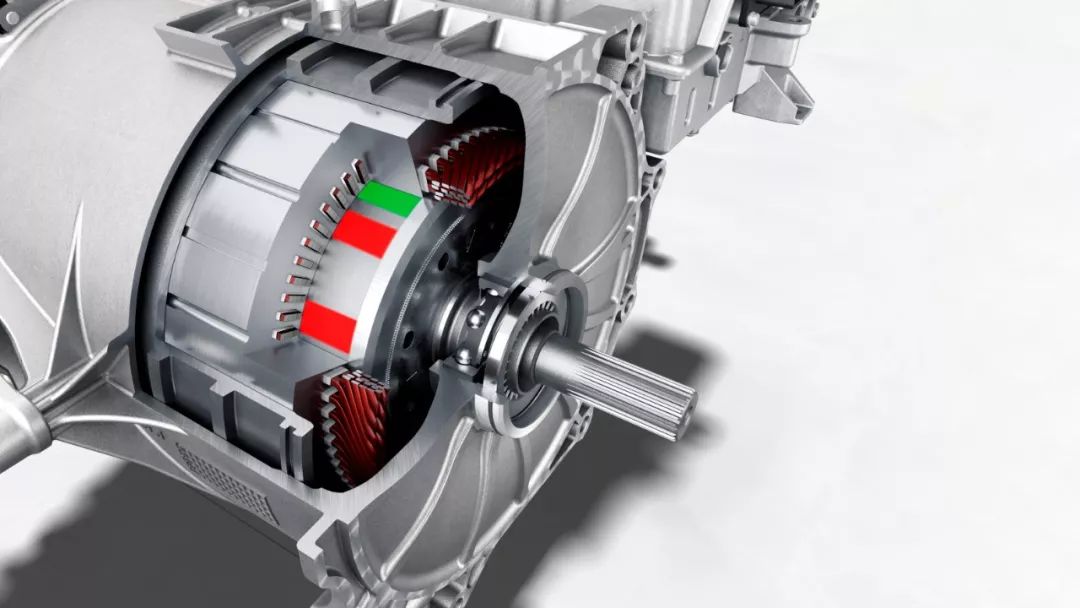
The slot fill factor of the Taycan motor reaches 70%, far exceeding the average level of 45% for traditional round copper wire. To give a simple example, if we want a longer range, we cannot simply make a larger battery because a larger battery will increase weight and energy consumption. We should pursue high energy density on the premise of ensuring safety: the battery pack should become larger while the volume and weight remains the same.
So, what are the shortcomings of Hair-Pin winding? Expensive manufacturing equipment, very complex processes, high copper wire accuracy, and limited fault tolerance, all of which are problems. I think Porsche chose to independently develop and manufacture electric motors, partly because there are no such advanced motors on the market, and partly because independent manufacturing can better control the manufacturing process and technology, and ensure production capacity and supply.
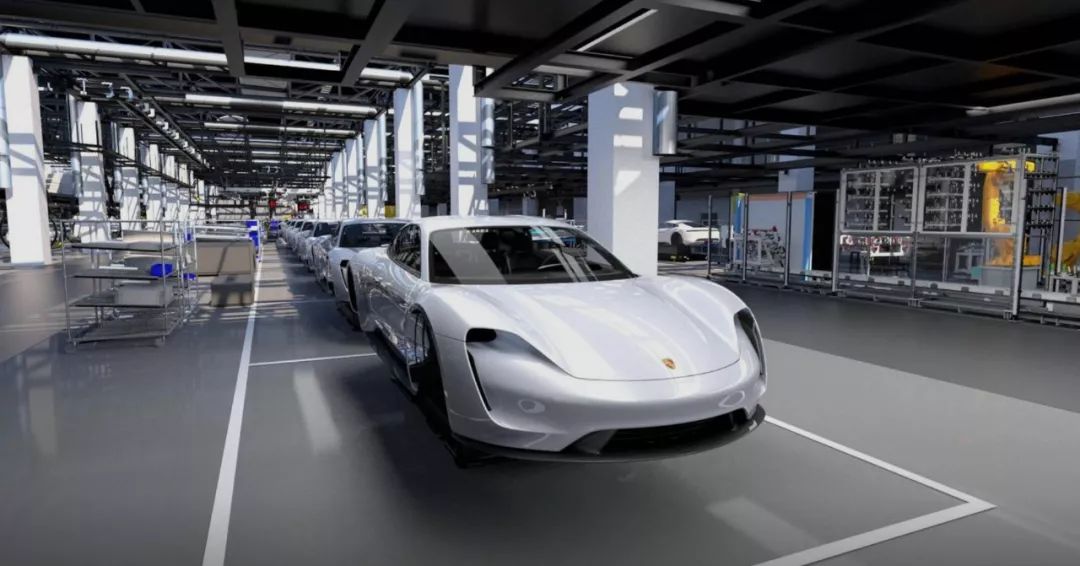
Of course, having a high-performance electric motor alone is far from enough. The electric control and battery are also fully optimized around “high performance”.
On July 28, 2017, the delivery of the Model 3 equipped with SiC (silicon carbide) driver modules surprised the automotive world. In 2020, the Taycan has the opportunity to become the world’s fourth mass-produced car after the Tesla Model 3/S/X with SiC electronic control devices. The expected schedule for commercial SiC in the electric vehicle industry is set in 2021. The advantages of silicon carbide are obvious: very low loss, high efficiency, minimal heat generation, low heat dissipation requirements, and light weight.
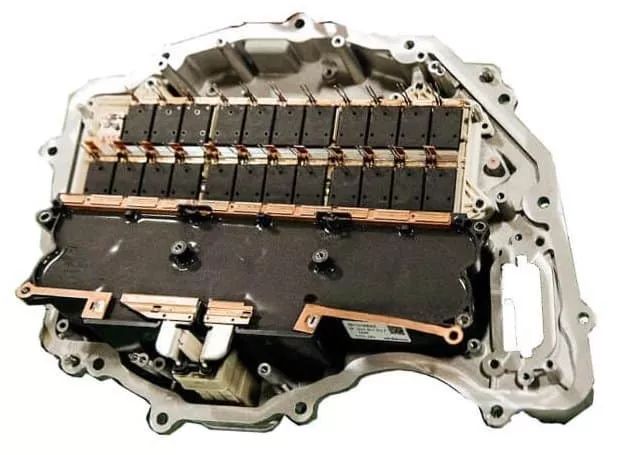 More importantly, SiC has versatile applications in electric vehicles beyond the main drive controller, including on-board chargers, DCDC converters and fast charging. The hardcore feature of Taycan is that it provides an integrated SiC power device. Even the Ta 270 kW fast charging station is equipped with SiC modules for low voltage AC to high voltage DC conversion.
More importantly, SiC has versatile applications in electric vehicles beyond the main drive controller, including on-board chargers, DCDC converters and fast charging. The hardcore feature of Taycan is that it provides an integrated SiC power device. Even the Ta 270 kW fast charging station is equipped with SiC modules for low voltage AC to high voltage DC conversion.
At this stage, in terms of commercial use of SiC, Porsche is no longer following Tesla in a yin-yang manner, but standing shoulder-to-shoulder as a leader in driving industry change.
Finally, there is the matter of battery. Taycan uses square batteries from LG Chem, with a total of 33 modules and 396 battery cells per module. The maximum output power of the entire battery pack is 620 kW, the battery pack specification is 93.4 kWh, the weight is 630 kg, and the pack energy density is 148Wh/kg.
The above is just some general information, especially the last point. Due to the high energy density-oriented subsidy policies and intense market competition over the past two years, 148Wh/kg of energy density is not very competitive in China. But there is more to it. In order to meet the power demands of intense driving, Porsche set two goals for the battery pack from the outset: high performance that is consistent and sustainable, and supercharging capability.
Let’s talk about fast charging. Elon Musk had this to say about Porsche’s 350 kW fast charging before:
350 kW supercharging doesn’t have much meaning unless you have a monster-level battery pack or ultra-high charging and discharging rate, but then the system energy density would be very low.
The monster-level pack is actually a highly complex and thermally capable heat management system that can withstand high power charging, and Taycan has just that.The Taycan’s battery pack, as well as the entire electrification system (known as the “three-electric”), is equipped with two sets of cooling systems and flow guidance devices. The system is supported by three independent thermal management circuits: the low-temperature loop for the high-voltage components, the middle-temperature loop for the drive module, and the high-temperature loop for high-voltage heating. This ensures that the entire system can achieve rapid cooling/heating. In addition, Porsche has added an air conditioning flow duct to the thermal management system, which uses a high-power air conditioning compressor from Mahle, that has a power exceeding 10 kW, to support heat dissipation.
In summary: this is the most powerful and complex electric vehicle thermal management system in history.
The 800 V high-voltage ultra-fast charging station is a result of not only Porsche’s investment in R&D for its compatibility with charging stations, but also the need to redevelop the electric motor, frequency converter, and on-board charger. As Porsche’s Director of Electrics/Electronics, Joachim Kramer said: except for the battery, every component related to “electricity” in the Taycan is different from those in other electric vehicles.
Behind this statement is not only the intensive investment of research and development resources, but also the fact that the low energy density of the battery is transmitted to the battery and even the weight of the whole vehicle, which is already pessimistic. These independent R&D components further increase the Taycan’s vehicle weight.
However, Taycan’s insistence on the attribute of “sport” has paid off. Based on this basic definition, Taycan’s product strength has achieved the following results:
-
Continuous 26 times 0-200 km/h acceleration performance without attenuation;
-
24-hour endurance test of 3425 km at an average speed of 200 km/h;
-
7 minutes and 24 seconds, the new record of the Nürburgring North Loop
Taycan or Model S?
Porsche or Tesla, this is a question. Yesterday, we gave a basic parameter comparison between the Taycan and Model S. However, in reality, this chart did not comprehensively reflect the differentiated selling points between the two products.
Taking the Model S as an example, its core competitive advantage, Autopilot, was not reflected in the chart.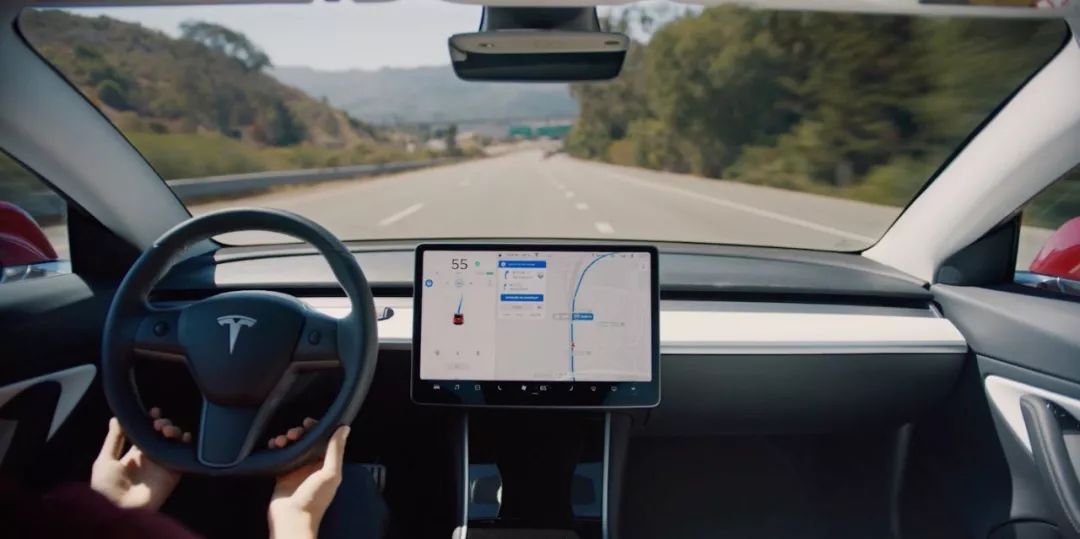
From April 2019, Autopilot 3.0 hardware became standard on all Model S vehicles. Tesla’s “small step by step, fast iteration” approach has sparked controversy in the media and among car owners, but the undeniable fact is that Tesla Autopilot has gradually widened the gap with its competitors and become the best user experience driving assistance system.
Autopilot V10, the tenth version software system that matches Autopilot 3.0, has been under development for 11 months. According to Tesla CEO Elon Musk, the new version will be released in two months. In addition to automatic on/off ramps, automatic assisted navigation driving, V10 will also gradually support traffic light and road sign recognition, city road automatic assisted driving, and intelligent summon function.
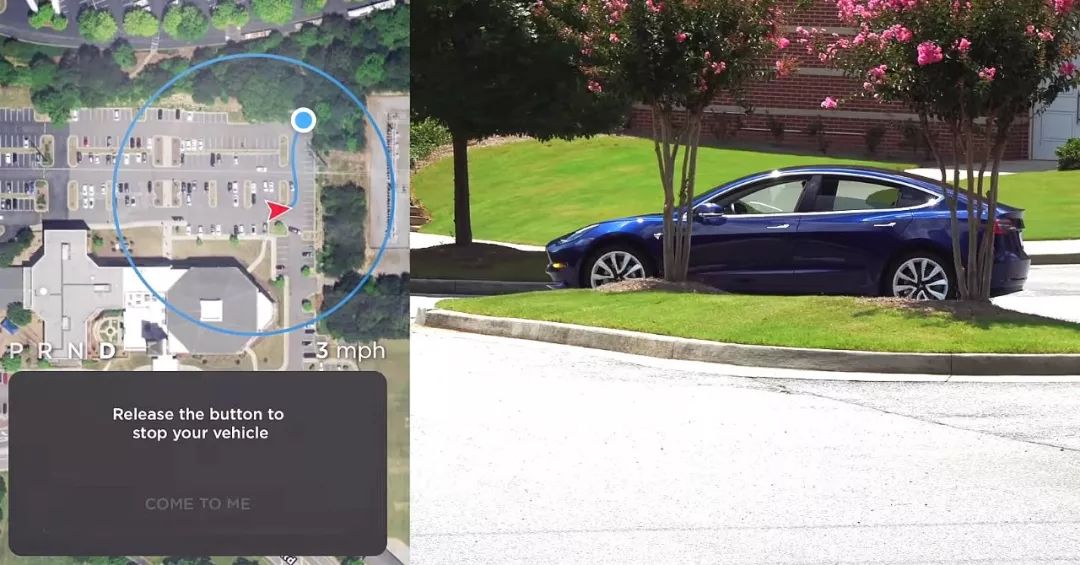
In short, Tesla is gradually transitioning from assisted driving to autonomous driving with its absolute leading computing power, algorithm and data advantage.
And this is exactly Porsche’s biggest weakness. Leaving aside the unimaginative sensor and chip configurations, Taycan not only does not support OTA upgrade for assisted driving system but also didn’t mention it at all in the recently held press conference.
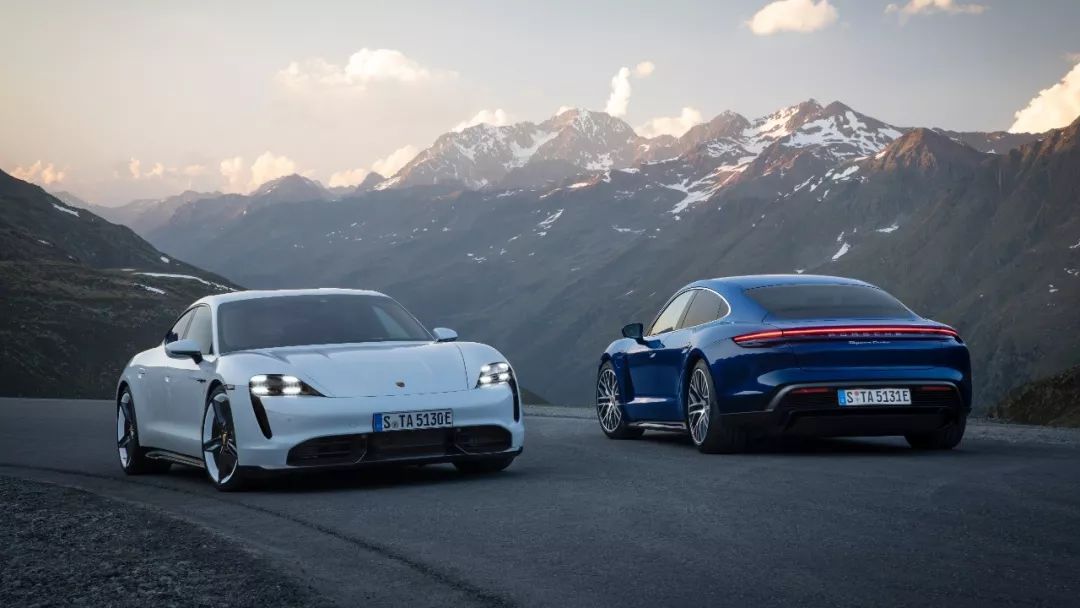
Can’t have both control and assistance?
Speaking of which, this also reflects Taycan’s product logic: if this is an authentic Porsche, providing its proven sportiness and daily commuting usability, lowering the weight of assisted driving is a reasonable decision.
The sporty Taycan doesn’t intend to assist you with driving, Porsche has put a lot of effort into assisting you with “sports”.
Because of the layout of the three electric components, Porsche has redesigned the entire subframe.
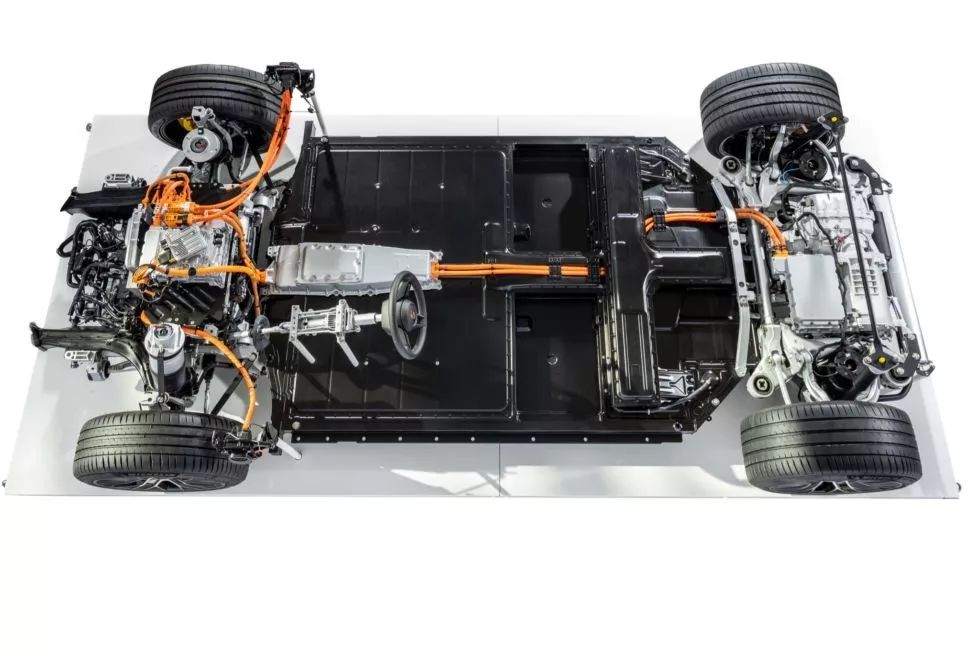 As a vehicle focused on perfecting “sport gene”, Taycan is equipped with a three-chamber air spring, Porsche Active Suspension Management (PASM) system, rear-axle steering system, and the industry-leading 10-piston front/ 4-piston rear carbon ceramic brake disc (PCCB). These four components ensure that Taycan’s chassis, vehicle posture, steering, and stability are highly matched during intense driving with frequent low/high-speed switching.
As a vehicle focused on perfecting “sport gene”, Taycan is equipped with a three-chamber air spring, Porsche Active Suspension Management (PASM) system, rear-axle steering system, and the industry-leading 10-piston front/ 4-piston rear carbon ceramic brake disc (PCCB). These four components ensure that Taycan’s chassis, vehicle posture, steering, and stability are highly matched during intense driving with frequent low/high-speed switching.
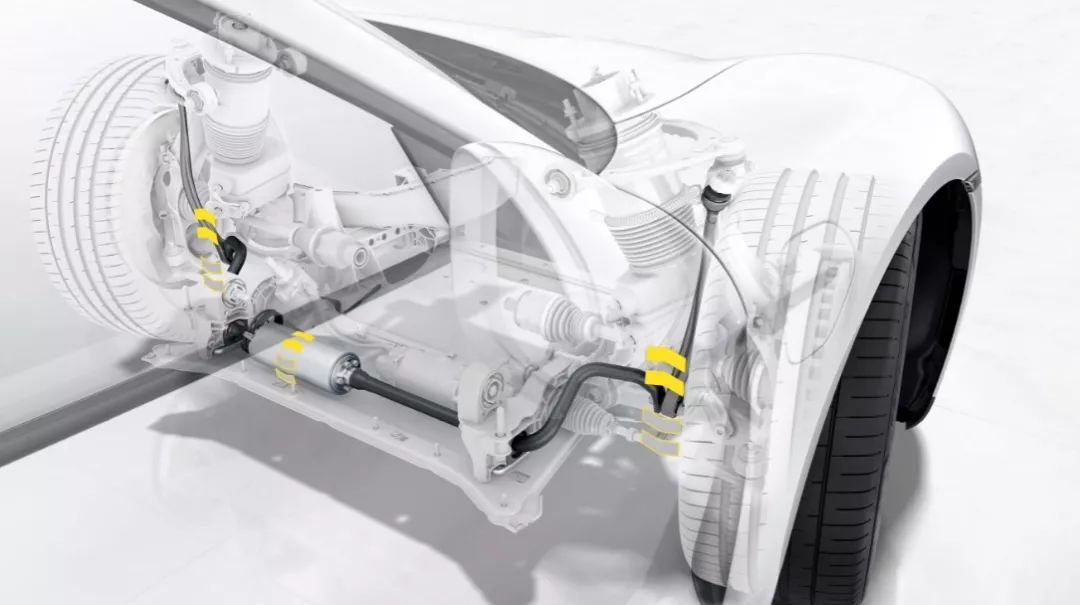
This is Porsche – this is what Porsche means.
However, note that at this point, there is already a significant difference in product logic between Porsche and Tesla. The investment of a large amount of resources has brought not only the expected top-level handling performance, but also higher BOM (bill of materials) costs, smaller space and heavier net weight.
Porsche has invested a large amount of resources, sacrificed many performance indicators, only to reproduce the most differentiated advantages and selling points found in fuel vehicles.
But Porsche should start to be alert.
In November 2018, Tesla detailed the development of its Track Mode for the Model 3 Performance through a blog post. Using Tesla’s in-house developed Vehicle Dynamics Controller, Tesla altered the torque logic of the front and rear motors, energy recovery, three-electric system cooling and turning assistance to achieve 100% front-wheel drive, 100% rear-wheel drive, or any combination to affect vehicle handling.
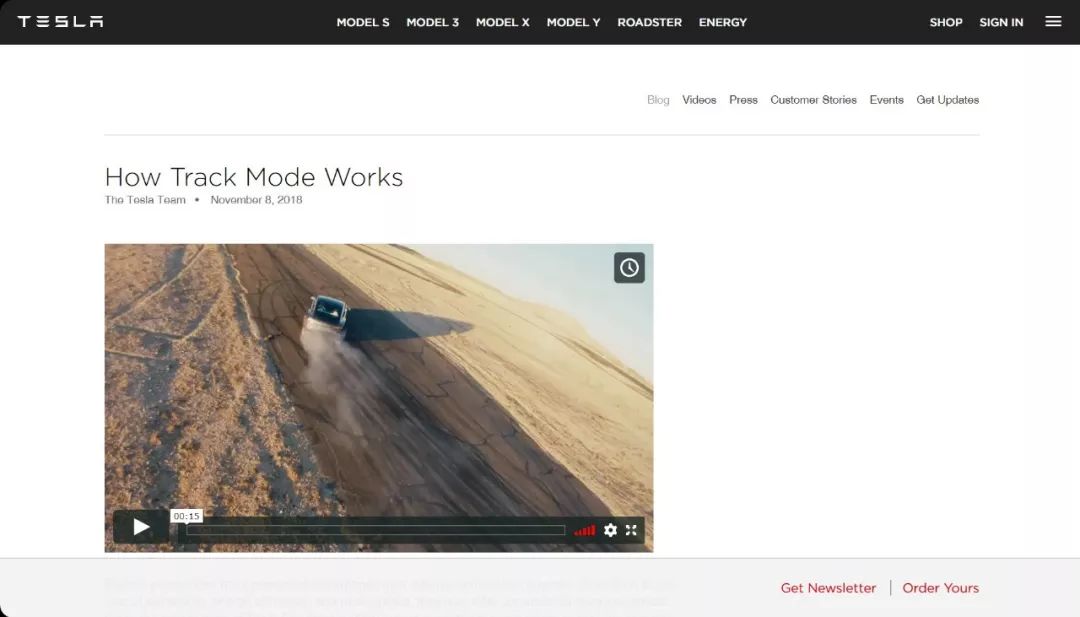
Model 3’s Track Mode may not match the handling performance of Taycan. However, note that this is achieved by Tesla without any hardware modifications. As rally champion Wyatt Knox said: “Outstanding handling performance, dual motors and complete digital control completely change the game.”

Why is Tesla worth being vigilant about?When Tesla did not enter the luxury car market, Porsche’s brand label went beyond “sport” to include “excellent acceleration performance”. Today, after five years in development, Porsche’s Taycan still falls short of the ultimate acceleration performance of the Model S P100D released four years ago (Turbo S was launched in 2020).
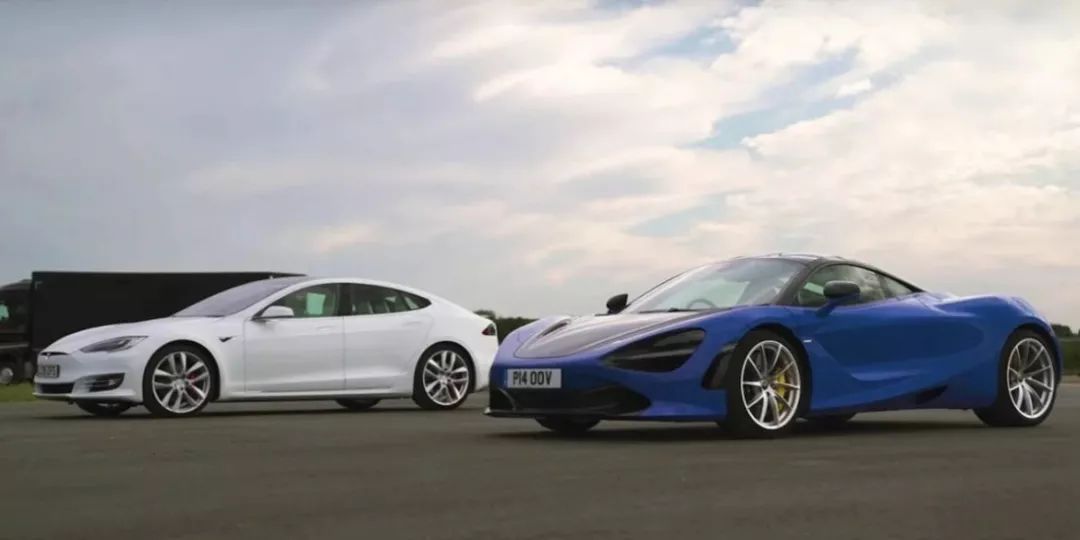
Over the past decade, Tesla has been trying to redefine the benchmark of the luxury car market: they have taken the evaluation criteria of traditional luxury to the extreme and led the industry to acknowledge that Smart is new sexy.
Porsche does not recognize Tesla, Porsche spared no effort to join a large number of top hardware components to endow Taycan with traditional Porsche advantages. From market feedback, Porsche’s product strategy has achieved enormous success, with over 30,000 orders being the best evidence.
But Porsche should not forget: the premise of unprecedented orders is that Tesla had no achievements in the field of handling until the Model 3 track mode, Tesla was only starting to try. If they were to make a sports car priced at 150,000-180,000 US dollars, what level would they achieve?
In maintaining and inheriting the existing brand value and advantages, Porsche acted decisively. But what about Porsche’s Autopilot?
From a product perspective, Porsche is competing, while Tesla is defending; from a brand perspective, Porsche is defending, while Tesla is competing.
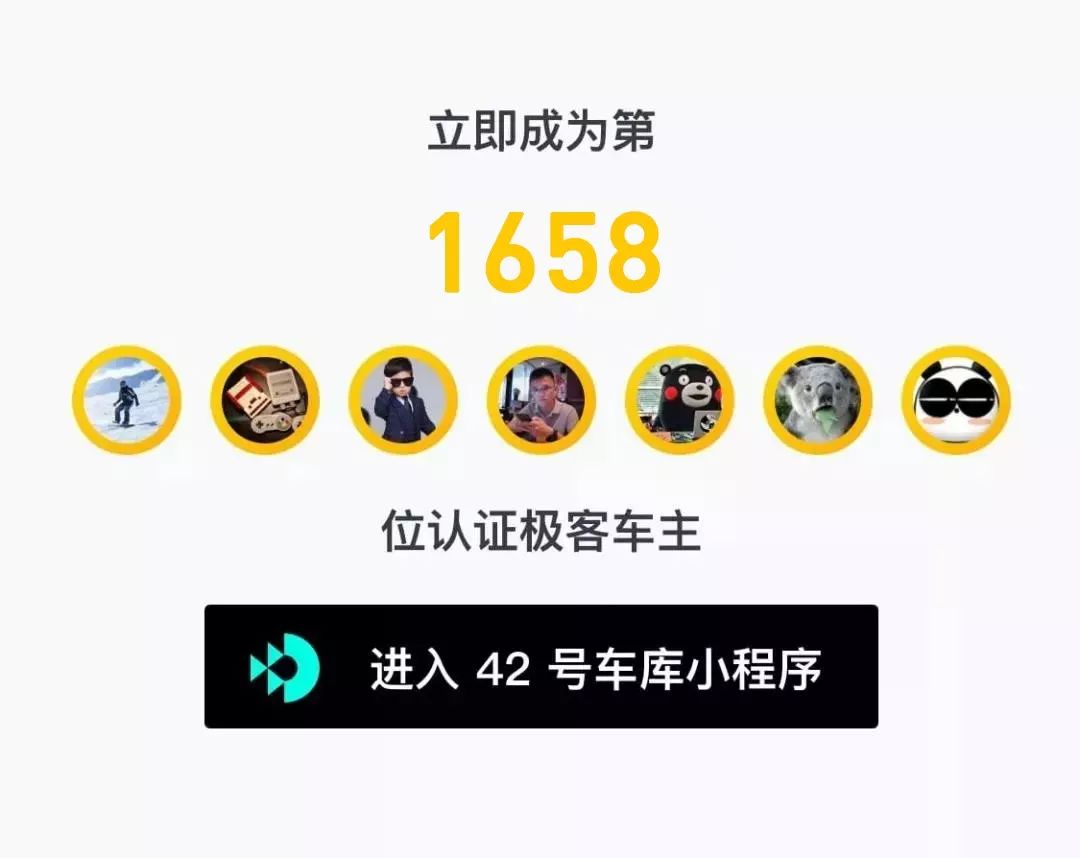

 * The Maturity of Ideal ONE | Unboxing at Its Greatest
* The Maturity of Ideal ONE | Unboxing at Its Greatest

This article is a translation by ChatGPT of a Chinese report from 42HOW. If you have any questions about it, please email bd@42how.com.
